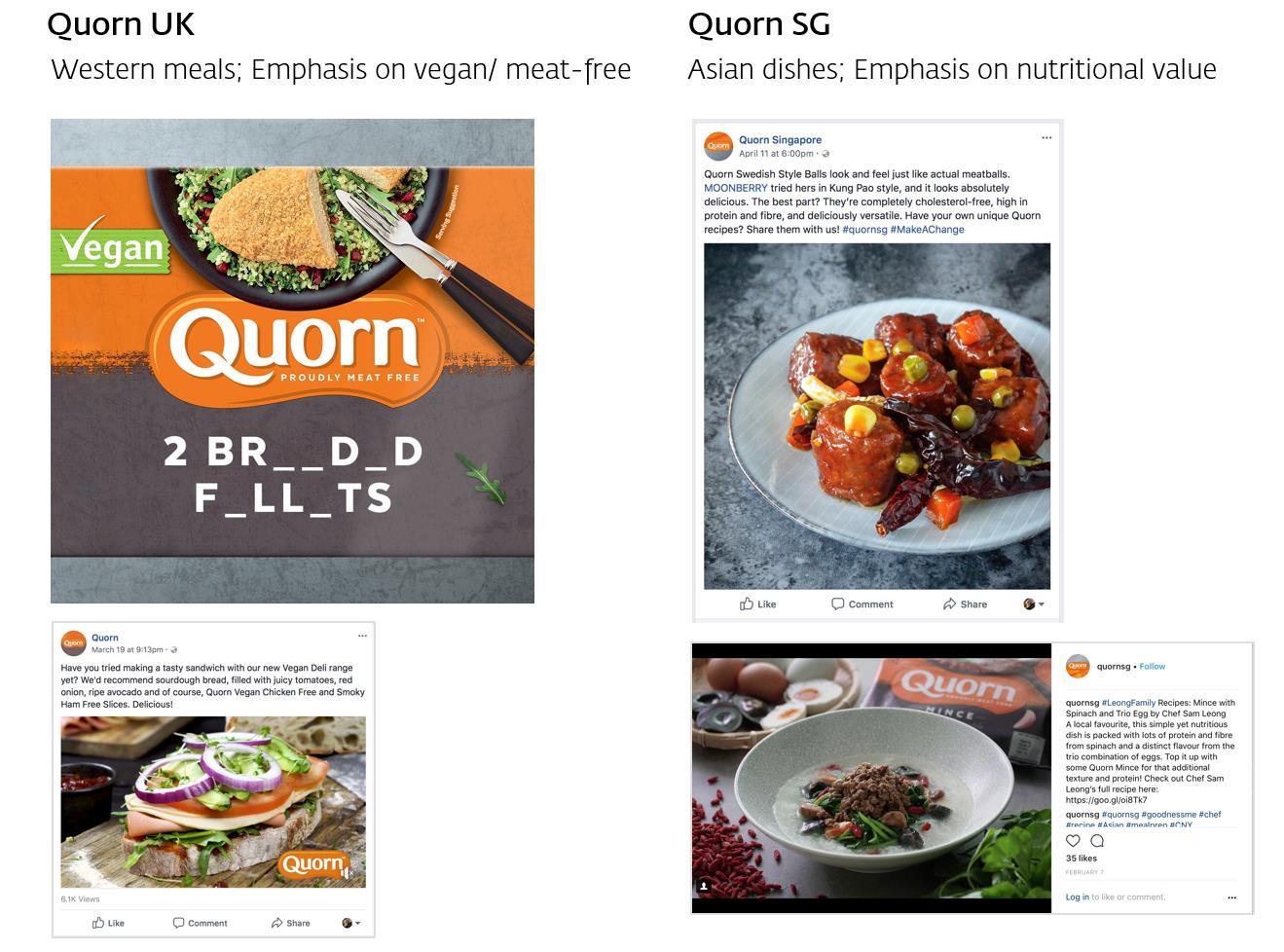

Pushed by globalization and e-commerce, brands are expanding beyond their familiar territories. For brands that soar in foreign markets, it is not a matter of pure luck, but a combination of business and brand strategies. On one extreme, we see epic fails by brands like Uber which “stay-so-true” with a direct import of the same business model with minimal localization into foreign markets. On the other end of the spectrum, we see brands like ClubMed, that started afresh in foreign market with a revised brand positioning or a total new brand. While brands try to leverage on their existing brand equity, many have struggled with the extent of localization without diluting the core brand essence.
Localization does not necessarily mean a major repositioning of the brand. It could simply be the tweaking of brand offerings and messaging that fit the local consumers’ needs. In this article, we will be sharing about the ‘How’ to localize while staying true to your core brand essence, through Quorn’s localization journey in Asia.
A meatless alternative, Quorn started in the United Kingdom (UK) in 1964 with the vision to provide a sustainable source of protein that is not only good for the health, but also good for the environment. Environmental awareness, clean-eating, healthy vegan lifestyle in the UK and US are fueling the growth for Quorn on the other side of the globe.
With its success in the UK and US, Monde Nissin Group was looking at bringing the same goodness to consumers in Asia. However, the team came soon to realize certain challenges in inspiring consumers in Asia to “Live Mindfully” with choices that harmonize taste, health and sustainability. In Asia where meatless protein is a new category that has yet to enter the consideration set of meal options for most consumers, the appeal to environmental-consciousness is not going to help the brand flourish. The team knew they had to localize, but were sensible to keep the core essence of the brand.
The team at Monde Nissin believes in the importance of having a strong insights-driven localization strategy that would prevent pitfalls for new market development. Together with Labbrand, Monde Nissin embarked on a journey to understand the culturally-diverse Asian consumers, thereby finding a value proposition that fits the local needs.
Formulating a successful insight-driven localization strategy goes beyond knowing some broad-based differences in consumer behavior in the likes of more frequent grocery shopping trips compared to once-a-week large format store visits in the West. The devil is in the right details here. Other than fundamental differences in general consumption habits, it is also critical to pinpoint attitudes and consumption habits that are directly related to the product category which would help validate if the existing value proposition would be appealing to the consumers in the new market. Identifying any misalignment at this stage would help prevent costly pitfalls.
For Quorn, it is about knowing the perceptions towards meatless meals and understanding the reasons and barriers behind in order to find a new opportunity space. In addition, it is also about understanding the receptivity towards environmental mindfulness and its impact to consumer’s life to validate if the value proposition is appealing to Asian consumers.
Through online communities, we immersed into the life and minds of consumers in Singapore, Hong Kong, Thailand and the Philippines. Their digital food blog, along with other online discussions on various topics gave us insights into their meal consumption habits and their attitudes towards “healthy-eating”, “meatless” and “protein”.

Insights from the research pointed towards some specific fundamental changes that needed to be made.
Having a door closed on one side does not necessarily mean that there is no other way out. It is about finding other doors that would open up to new opportunities. What may appear as a misalignment of value proposition could essentially require a keen eye to find a fit in one or more of its sub-offerings, with a tweak in its value proposition.
In Quorn’s case, where mindful living and sustainable protein source are not appealing on a level that would drive purchases among Asian consumers, emphasis could instead be placed on immediate-relatable benefits that are of an impact to them. Control over taste enjoyment, health nutrition, and an overall feel-good effect of having made the right choice for healthier options in life, why not?
In Asia markets where meat is still considered as an important source of protein for the vast majority, the segments of vegan or super-health-conscious consumers are not viable segments to sustain the business in a new market. Instead, consumers who are making conscious efforts for healthier food choices in these markets, and where awareness for meatless is in its infancy stage, are the main target audiences. While there is a change in the target audiences in Asia, the brand vision and personality stay firmly rooted. Still a leader with a vision to create “World of Good”, Quorn is on a journey to empower the Asian consumer to make a positive change for themselves, their family and the environment. A market leader pioneering the future of sustainable protein, Quorn is advocating #makeachange among Asian consumers in its latest brand campaign as shown below.

With all the brand strategy blueprint sorted, it is then time to translate these into visual and tangible expressions that are consumer-facing. This could include contents on packaging, website, social media and point-of-sale touch points. With a change in target audience, the messaging matrix needs to be adapted accordingly to address the needs and concerns. When done correctly, the overall mission and vision of the brand does not change globally, but the emphasis and angling of the messages adapt accordingly to the identified local needs.
What worked for vegan and health-conscious consumers in the UK and US is not going to work for the new target audiences in Asia with total different needs. Instead, introduction of mycoprotein as a new naturally-occurring protein-powered ingredient paths the route for widespread acceptance in the long run. With this, subtle changes are made to the by-line that appears its visual identity as shown below.

Armed with all the market insights, Monde Nissin went on with other localization activations. Food pictures on the packaging have also been replaced with Asian cuisine for higher local relevance. Engagement with local influencers also resulted in the development of Asian nutritional home-cooked dishes using Quorn.

Discover the importance of preserving the core brand essence while adapting to local needs during the globalization journey. Avoid falling into an identity crisis and diluting brand equity through unnecessary rebranding. Instead, embrace the concept of glocalization, aligning global brands with local nuances. While it may seem logical to activate localization strategies such as featuring Asian dishes in an Asian market, a truly impactful approach requires deep insights into the underlying reasons. By understanding the WHYs behind these strategies, brands can deliver more specific and targeted messaging, creating a meaningful impact for both consumers and the brand itself. Whether entering new categories, segments, or geographical markets, always take the first step in uncovering the WHYs behind your brand’s expansion. Preserve your core brand essence while embracing local relevance for a successful globalization journey.
A Labbrand Group Company © 2005-2024 Labbrand All rights reserved
沪ICP备17001253号-3* Will be used in accordance with our Privacy Policy
To improve your experience, we use cookies to provide social media features, offer you content that targets your particular interests, and analyse the performance of our advertising campaigns. By clicking on “Accept” you consent to all cookies. You also have the option to click “Reject” to limit the use of certain types of cookies. Please be aware that rejecting cookies may affect your website browsing experience and limit the use of some personalised features.